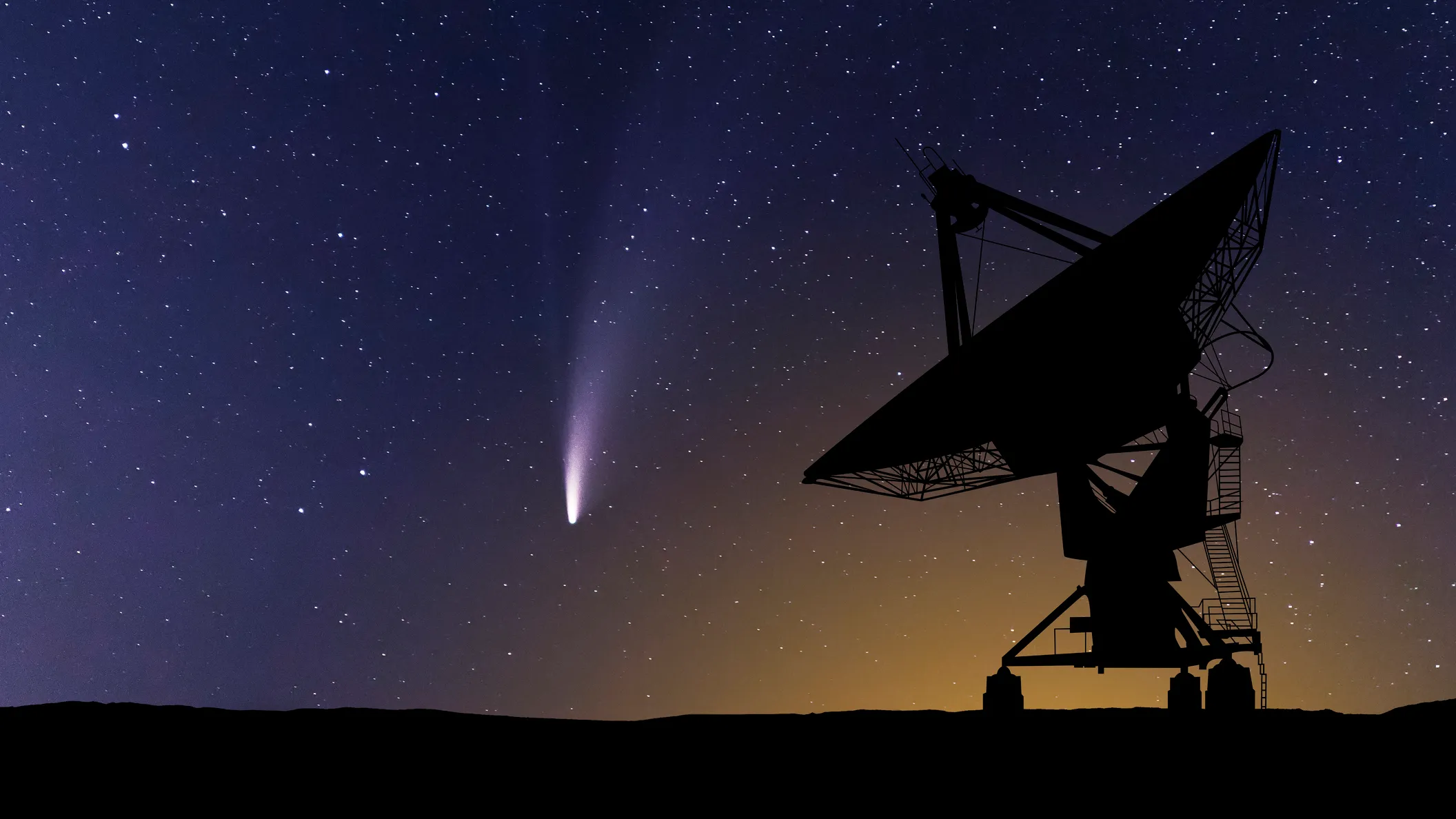Comet 2024 G3 (ATLAS) has truly captivated skywatchers, earning the title of the “Great Comet of 2025” thanks to its extraordinary celestial display. The comet’s bright, vivid tails and remarkable brightness have drawn attention from astronomy enthusiasts across the globe. Discovered on April 5, 2024, by the Asteroid Terrestrial Impact Last Alert System (ATLAS) in Chile, it has delivered a breathtaking show that many observers won’t soon forget. The comet reached its closest approach to the Sun on January 13, 2025, dazzling viewers with a complex tail and heightened luminosity.
The celestial event is being hailed as historic due to the comet’s unprecedented brightness, reaching magnitudes not seen since Comet McNaught in 2007. During its perihelion, Comet 2024 G3 shone brightly, rivaling Venus in the sky, with a recorded magnitude of -3.8. This was based on careful data analysis from experts, including Polish researcher Mieczyslaw Paradowski. The Solar and Heliospheric Observatory (SOHO) also contributed observations, highlighting the comet’s brilliance as it moved closer to the Sun, offering a rare and awe-inspiring sight for observers around the world.
Although Comet 2024 G3 was visible to those in the Northern Hemisphere for a brief period in early January, its position soon shifted, making it more prominent in the Southern Hemisphere. Observers in southern regions were treated to a spectacular view, with the comet’s tail stretching across an impressive 15 degrees of the sky. This stunning display was particularly noted by astronomer Michael Mattiazzo in Swan Hill, Australia, who confirmed the breathtaking sight visible to many in the Southern Hemisphere.
As the comet continues its journey, it has left an indelible mark on those who had the opportunity to witness it, and its status as the “Great Comet of 2025” is firmly established. Its beauty and brightness serve as a reminder of the wonders of our universe and the excitement that celestial phenomena can bring to the global community of skywatchers.


















